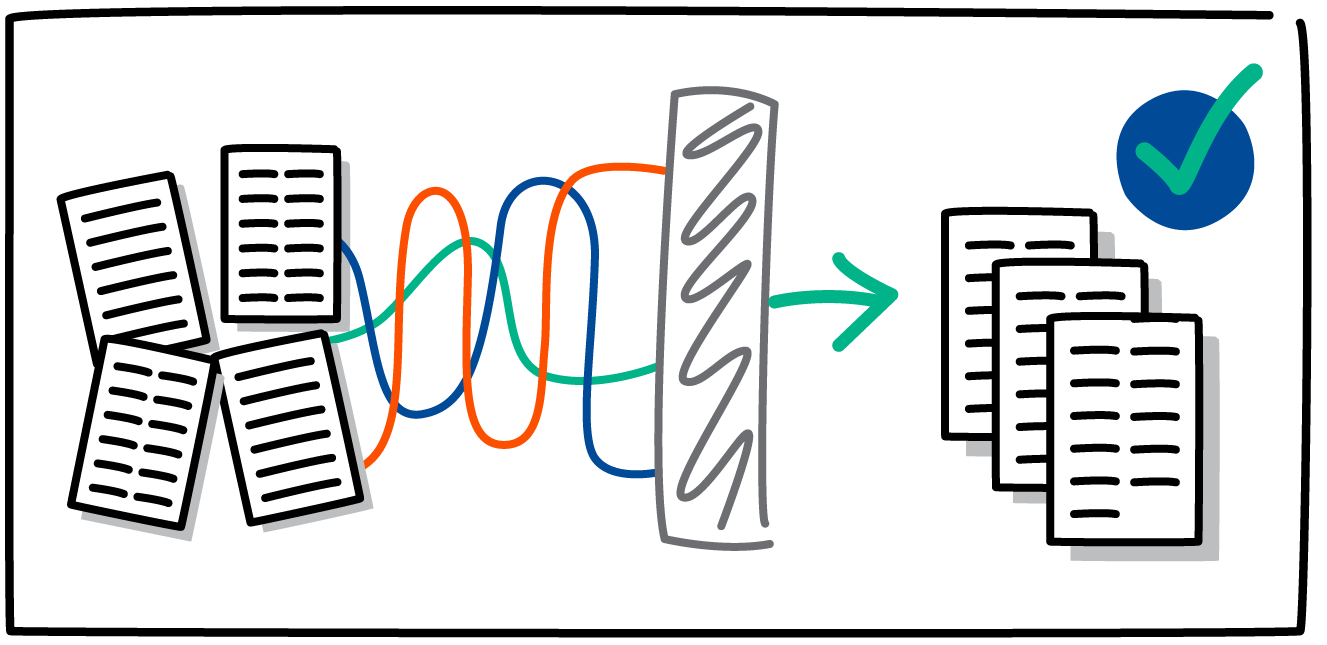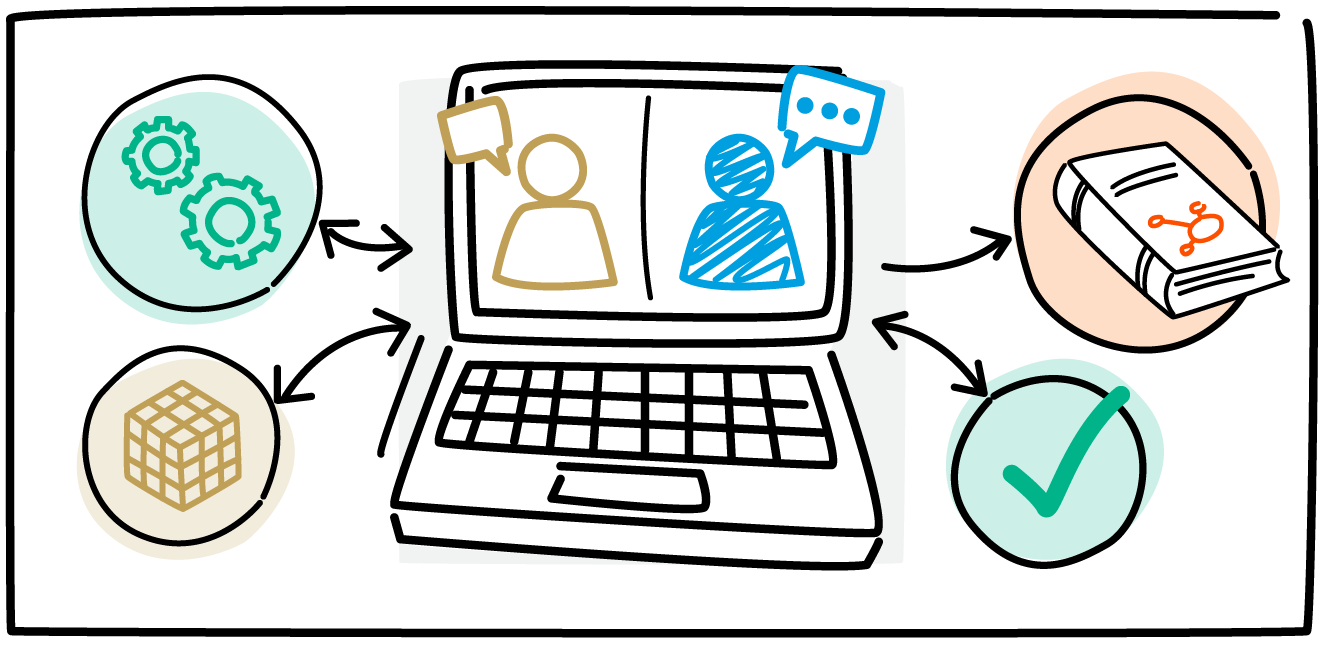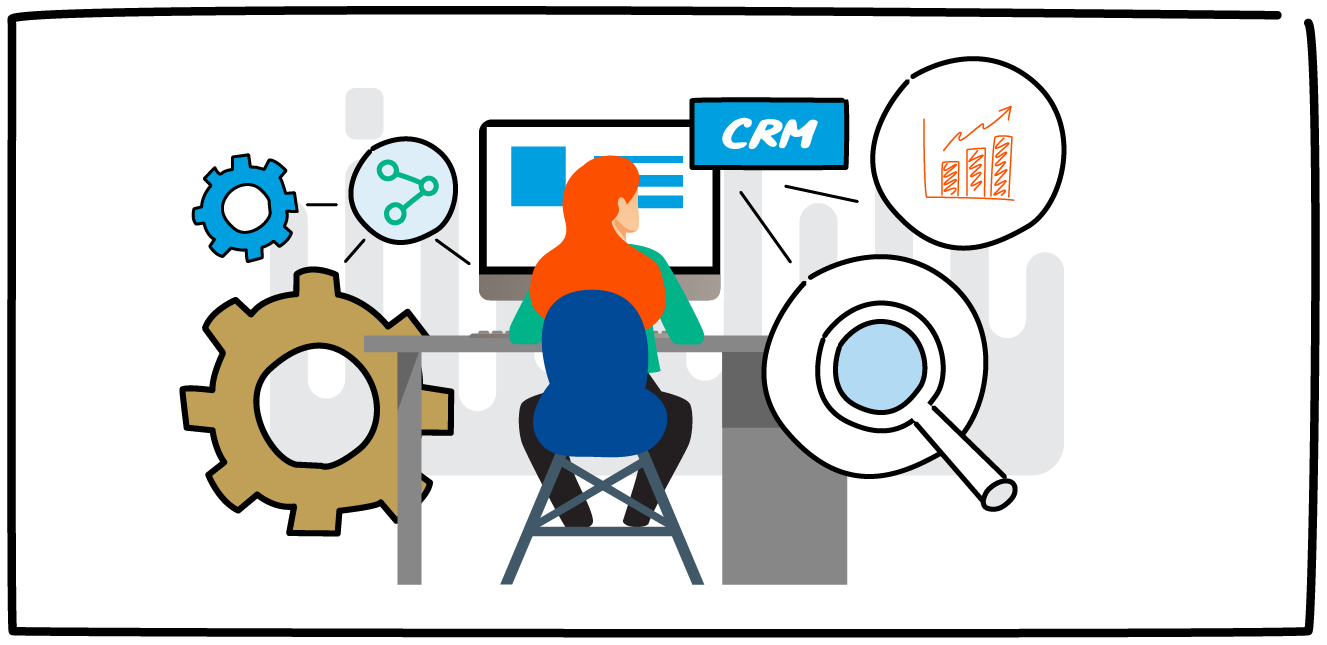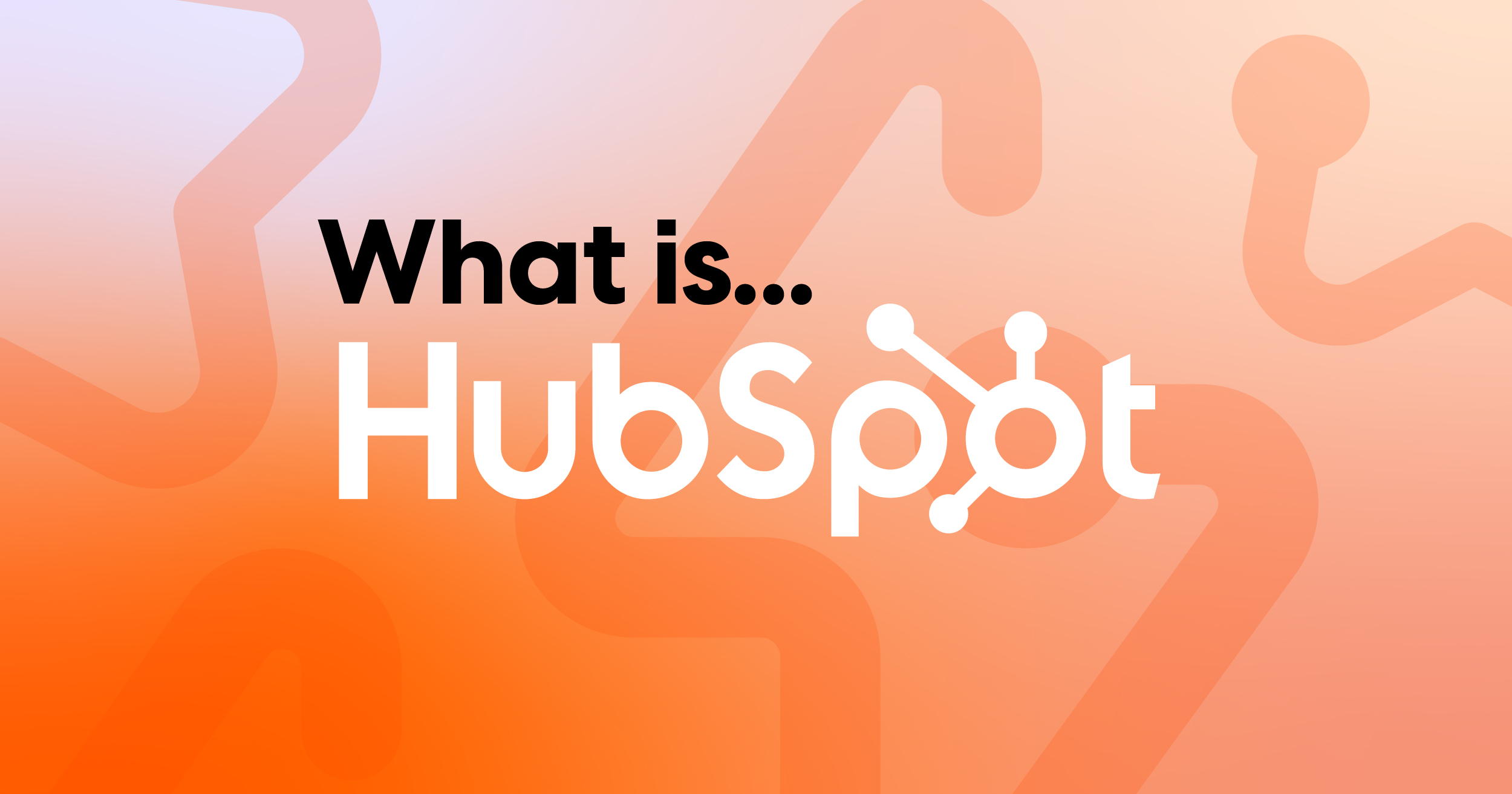
7 ways to improve your CRM quality and reliability
Why your CRM needs a little tender love and care
So, it’s been a while since your CRM implementation and things aren’t looking as good as they should be? Over time, your people, processes and technology will change and if you don't have a system for maintaining your CRM, no matter how good it was implemented at the beginning, things are going to get a little hairy.
Here are 7 ways to improve your
Here’s 7 ways to improve your CRM quality and reliability.
Jump ahead:
Tip 1: Maintain data hygiene with these 3 data cleansing techniques
Tip 2: Use automation for regular data validation and maintenance
Tip 3: Implement user training and follow an adoption process
Tip 4: Customise your CRM to suit your needs
Tip 5: Integrate your tools and unify your processes
Tip 6: Use metrics to monitor performance and optimise your tools
Tip 7: Check data security and compliance
"A clean and efficient CRM is the key to unlocking valuable insights and optimising business processes."
"Your CRM needs to have the capability to meet your needs. A CRM should be used as a strategic asset that can significantly improve efficiency, customer satisfaction and overall business performance. By investing in data quality, automation and user training, you can drive more value from your CRM and drive sustainable growth."
Lochlan Ross, our Lead Solutions Engineer at Modern Visual.
Tip 1.
Data cleansing and standardisation
Maintaining high-quality data is important for ensuring you have reliable and accurate information to make business decisions. If you have new staff hires and people use different processes for entering information into your CRM tool, your data will most likely be affected by indifferences. Your technology may also need regular updates if you don’t have automated processes in place.
To improve your data cleansing and standardisation start by conducting a thorough audit of your existing data to identify inaccuracies, duplicates and inconsistencies.

3 data cleansing techniques you can use to remove irrelevant or outdated information and ensure data accuracy:
1. Duplicate detection and removal:
Automated tools and algorithms can help you find duplicate records within your CRM database. Compare fields such as names, email addresses or customer IDs to flag potential duplicates. Develop rules to merge duplicate records or choose a master record while discarding redundant information.
2. Outlier detection and correction:
Analyse your dataset for outliers that may skew data analysis or reporting. Use standard deviation or interquartile range analysis to identify outliers. Evaluate whether the outliers are valid data points or errors, and correct or remove them accordingly to maintain data accuracy.
3. Data validation and enrichment:
Implement validation checks to ensure that data entries adhere to predefined rules or formats. You can verify data accuracy by cross-referencing against different sources or reference data sets. You can enrich your dataset by supplementing existing information with additional data sources, such as third-party databases or APIs, to enhance completeness and accuracy.
Tip 2.
Regular data validation and maintenance:
This ensures that moving forward, your data can be better maintained over time.
- Set up automated processes for ongoing data validation to catch errors and discrepancies in real time. This helps to minimise the amount of errors entering your CRM.
- Schedule regular data maintenance tasks to review, update and enrich customer information.
- Assign ownership of your CRM data to specific individuals or teams responsible for its accuracy and reliability. This helps manage accountability and ensures someone is maintaining the health of your CRM.
Tip 3.
User training and adoption

Implement regular check-ins with your sales team to ensure everyone is on the same page when it comes to managing your CRM. Holding quarterly meetings can enable you to update your team on new processes and give an opportunity for employees to raise concerns or ask questions.
Implement processes for new hires to follow and train them accordingly to ensure maintenance remains accurate and reliable.
- Provide comprehensive training sessions to ensure that all CRM users understand how to use the system effectively.
- Introduce a culture of data stewardship and accountability among team members, emphasising the importance of accurate data entry and maintenance.
- Offer ongoing support and resources to address questions and concerns, encouraging widespread adoption of CRM best practices.
Tip 4.
Customisation and configuration
If your CRM solution isn’t already customised to your business operations, it's probably the right time to assess your CRM needs. To improve your efficiency, reliability and business logistics, customising your CRM to your operations will help you immensely. You can now look at the best way to improve your CRM system and monitor whether your previous set-up is still the most relevant.
As your business intelligence is ever-evolving, it's important to monitor your progress and adjust your systems over time.
- Find ways to tailor your CRM system to align with your unique business requirements and workflows.
- Customise fields, layouts and workflows to capture relevant information and streamline processes.
- Leverage automation and integrations to streamline repetitive tasks and ensure reliable data consistency across systems.
Download Offer:
Download our Revenue Operations ebook to learn how to
optimise your business operations and elevate your people, processes and technology.
Tip 5.
Integrate with other systems
 Integrating your collaborative CRM with other essential business systems such as marketing automation platforms, ERP systems and customer support tools helps ensure your operations are efficient and reliable.
Integrating your collaborative CRM with other essential business systems such as marketing automation platforms, ERP systems and customer support tools helps ensure your operations are efficient and reliable.
- Align your tech stack and streamline business tools to ensure you have seamless data flow between systems. This helps you eliminate silos and provides a unified view of customer interactions and transactions.
- Custom integrations allow you to connect your various programs to one location. Helping you access data, maintain operations and streamline your processes across business needs.
- Integrations save time and improve the quality of your CRM data and its accuracy. You can have custom integrations or native integrations depending on your business needs.
Tip 6.
Performance monitoring and optimisation:
Review your CRM performance and identify areas for improvement. You can then accelerate areas of success and improve optimisation based on performance analytics and user feedback. Ensure you continuously refine your CRM strategy to adapt to evolving business needs and technology advancements.  Monitor key performance metrics related to CRM usage, quality of data and system reliability.
Monitor key performance metrics related to CRM usage, quality of data and system reliability.
CRM usage metrics:
- User adoption rate: Measure the percentage of employees actively using the CRM system compared to the total number of users. Low adoption rates may indicate a need for further training or usability improvements.
- Feature utilisation: Analyse which features and functionalities of the CRM are most frequently used by employees. Understanding feature adoption can inform decisions about customisation, training and system enhancements.
Data quality metrics:
- Data consistency: Assess the consistency of data formats, naming conventions, and categorisations across CRM records. Inaccurate data may lead to misunderstandings and errors in reporting and analysis.
- Data accuracy: Measure the accuracy of CRM data by comparing it against various sources or conducting regular data audits. High accuracy ensures that informed decisions are based on reliable information.
System reliability metrics:
- Data backup and recovery: Monitor the effectiveness of data backup and recovery processes to safeguard against data loss and ensure business continuity. Regular testing of backup systems and procedures helps maintain system reliability and data integrity.
Tip 7.
Data security and compliance
Evaluate your current processes and update policies when required. You should implement robust security measures to protect sensitive customer data stored in the customer relationship management system. You can ensure compliance with relevant data protection regulations, such as GDPR or CCPA, to safeguard customer privacy and maintain trust.
Your roadmap to CRM success!
By following these tips and prioritising ongoing efforts to enhance the quality and reliability of your CRM system, you can optimise customer retention, streamline operations and drive business growth.
Don't stop now. Keep learning
 What is HubSpot? A Complete Guide for Enterprise Businesses
If you’ve ever felt like your marketing, sales and service tools are scattered across too many...
What is HubSpot? A Complete Guide for Enterprise Businesses
If you’ve ever felt like your marketing, sales and service tools are scattered across too many...
 How to clean data in Excel before Switching CRMs
Excel can be a powerful tool for cleaning data before migrating to a CRM system. Many businesses...
How to clean data in Excel before Switching CRMs
Excel can be a powerful tool for cleaning data before migrating to a CRM system. Many businesses...
 WordPress vs Content Hub (HubSpot)
How to pick the right platform for your business: Both WordPress and Content Hub are powerful...
WordPress vs Content Hub (HubSpot)
How to pick the right platform for your business: Both WordPress and Content Hub are powerful...




